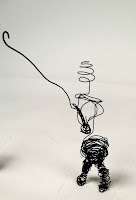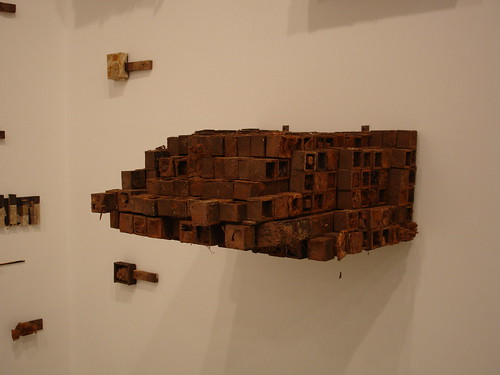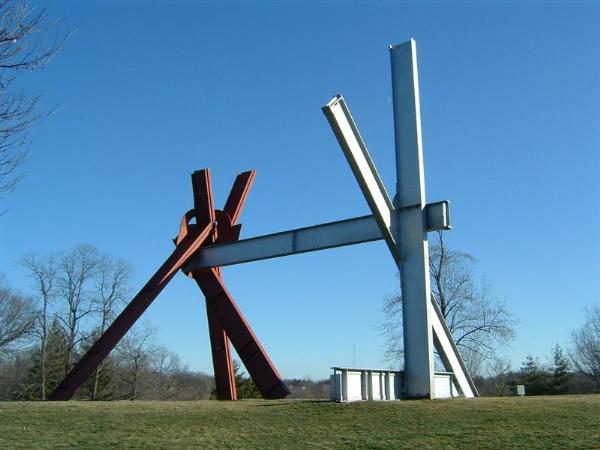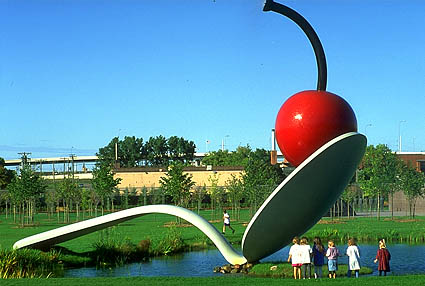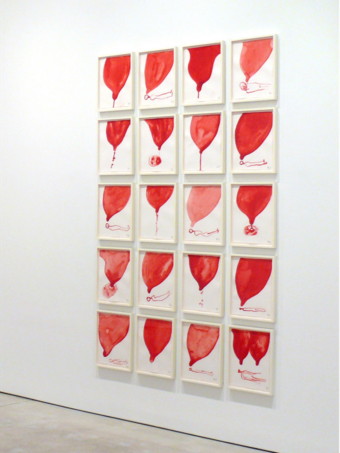Edge- the outside limit of an object or area or surface; a place farthest away from the center of something.
Alter Ego- An alter ego (Latin, "the other I") is a second self, a second personality or persona within a person. It was coined in the early nineteenth century when schizophrenia was first described by early psychologists. A person with an alter ego is said to lead a double life.
Abstract- not representing or imitating external reality or the objects of nature.
Non-Representational- non-representational art is art which is not based on external appearances; this covers several types of art - abstract, and non-objective; work which encompasses non-recognizable imagery that varies from pure abstraction.
Anthropomorphic abstraction- showing human form or characteristics to a being or thing not human
Geometric abstraction- a form of abstract art based on the use of geometric forms sometimes, though not always, placed in non-illusionistic space and combined into non-objective (non-representational) compositions.
Mask- an article normally worn on the face, typically for protection, concealment, performance, or amusement.

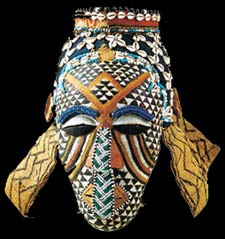



Low relief- three-dimensional form that is barely raised from a flat surface.
High relief- three dimensional form raised considerable off a flat background.
In-the-round- a sculpture that can be viewed from all angle







